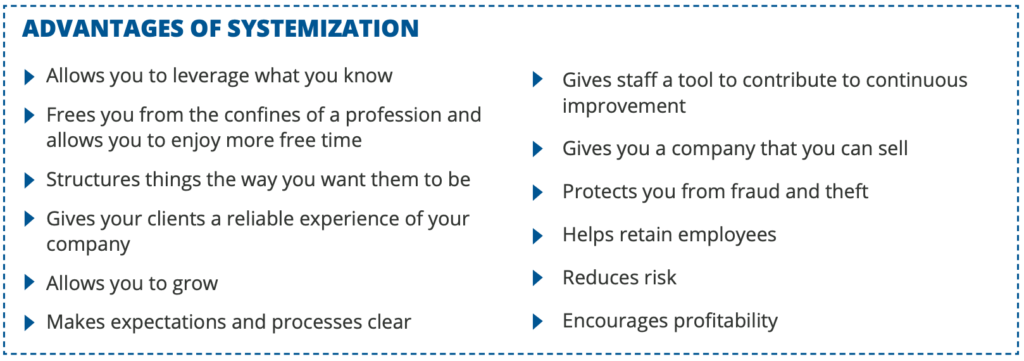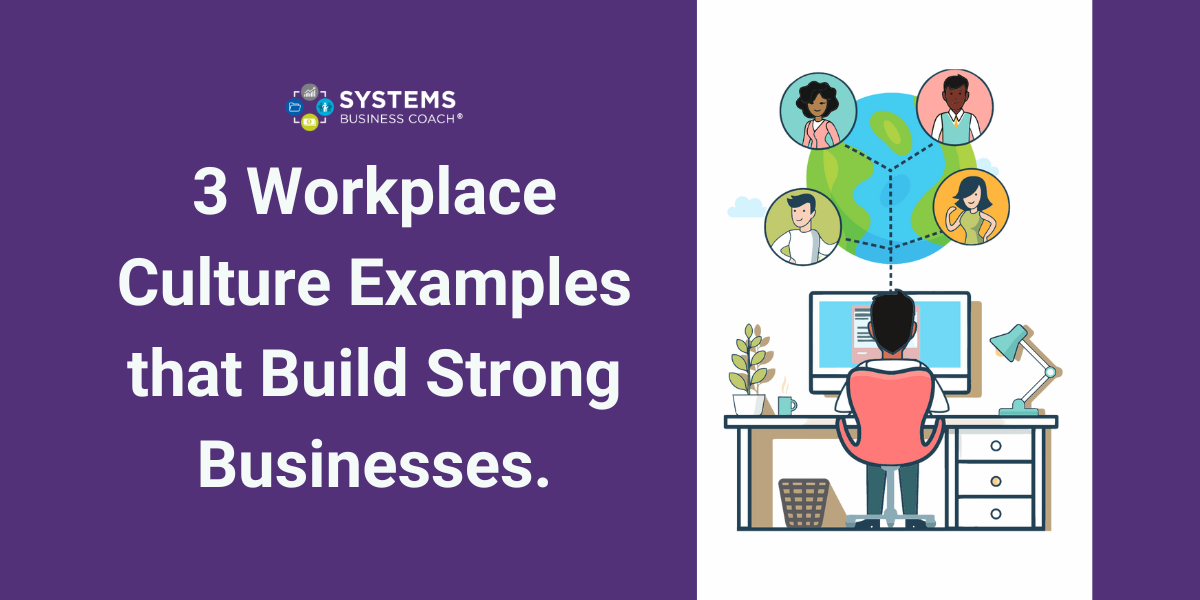Think about company culture as the human operating system in your business. Culture is created by how people who work in your company (including you) behave. Cultures can be described as positive, vibrant, negative, formal or any other descriptive summary of how it feels to be working in your environment.
Here are three workplace culture examples that will nurture a great working environment!
1. Collaborative Culture
How can you build a culture of collaboration? Ask your team for input! It’s empowering for employees to contribute their opinion on the best way to complete tasks.
The Japanese word Kaizen – a business term often used in manufacturing companies – means “improvement.” Everyone in the organization is involved. It’s a never-ending effort to make things better.
It’s okay that you don’t always agree with or like what you hear. It helps to remember you are gathering information and making your team feel valued. I remind myself in these situations that “Acknowledgement is not Agreement”, and this takes the pressure off having to respond.
When you have a collaborative workplace culture you will have happier employees, better ideas and a lighter load for you, the small business owner!

2. Systems Culture
Great bosses have systems and structures that strengthen their company culture and provide an optimal working environment.
When something is not working, make it part of your company culture to ask: “What is the missing or broken system?” or “What do we need to change to get a better or more desired result?” Create the baseline documented system and be open to having to re-write, re-configure or throw out a system that is no longer serving your organization’s purpose.
Encourage continuous documentation and improvements of all systems!
When you have a systems-based culture the following things can happen:

3. Values Culture
A company’s values are the building blocks of company culture. They underpin the way an organization behaves and inform decisions in the areas of operations, finance, team building, leadership and how the company shows up in the market.
Our values drive our actions which our employees witness. Therefore, our values as leaders directly influence our employees’ actions and reactions. How are you contributing to a negative or positive company culture?
Does your team, customers and vendors know what your company values are? Create a values-driven workplace culture by sharing your values.
I hope you found these workplace culture examples helpful. What type of culture do you want in your business? Until next time, enjoy your Entrepreneurial Journey!

PS. Have you joined our online community, Organized and Profitable®? It’s free to join! You can:
- Connect with like-minded entrepreneurs
- Take free monthly business challenges
- Enrol in highly-effective business development programs











